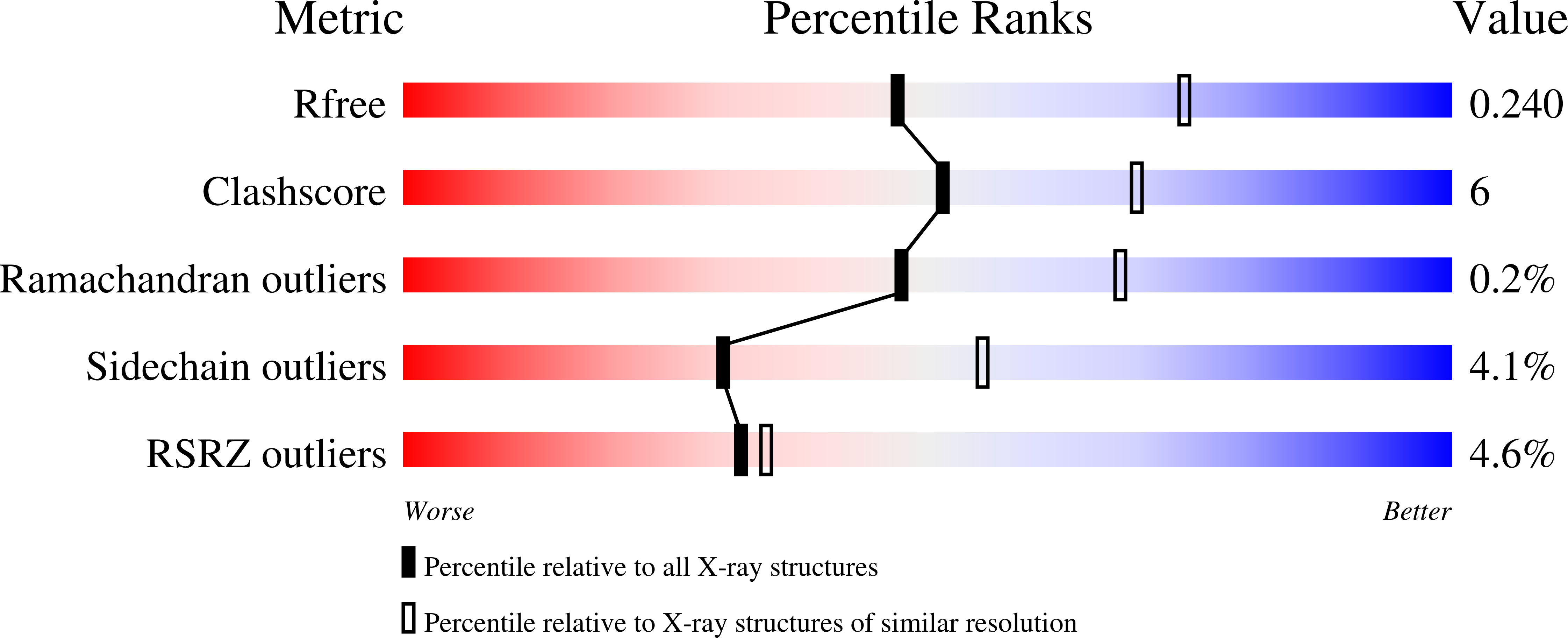
Deposition Date
2022-12-05
Release Date
2023-10-18
Last Version Date
2024-10-09
Entry Detail
PDB ID:
8FE5
Keywords:
Title:
Structure of J-PKAc chimera complexed with Aplithianine B
Biological Source:
Source Organism:
Homo sapiens (Taxon ID: 9606)
Host Organism:
Method Details:
Experimental Method:
Resolution:
2.51 Å
R-Value Free:
0.24
R-Value Work:
0.19
R-Value Observed:
0.19
Space Group:
P 1 21 1


